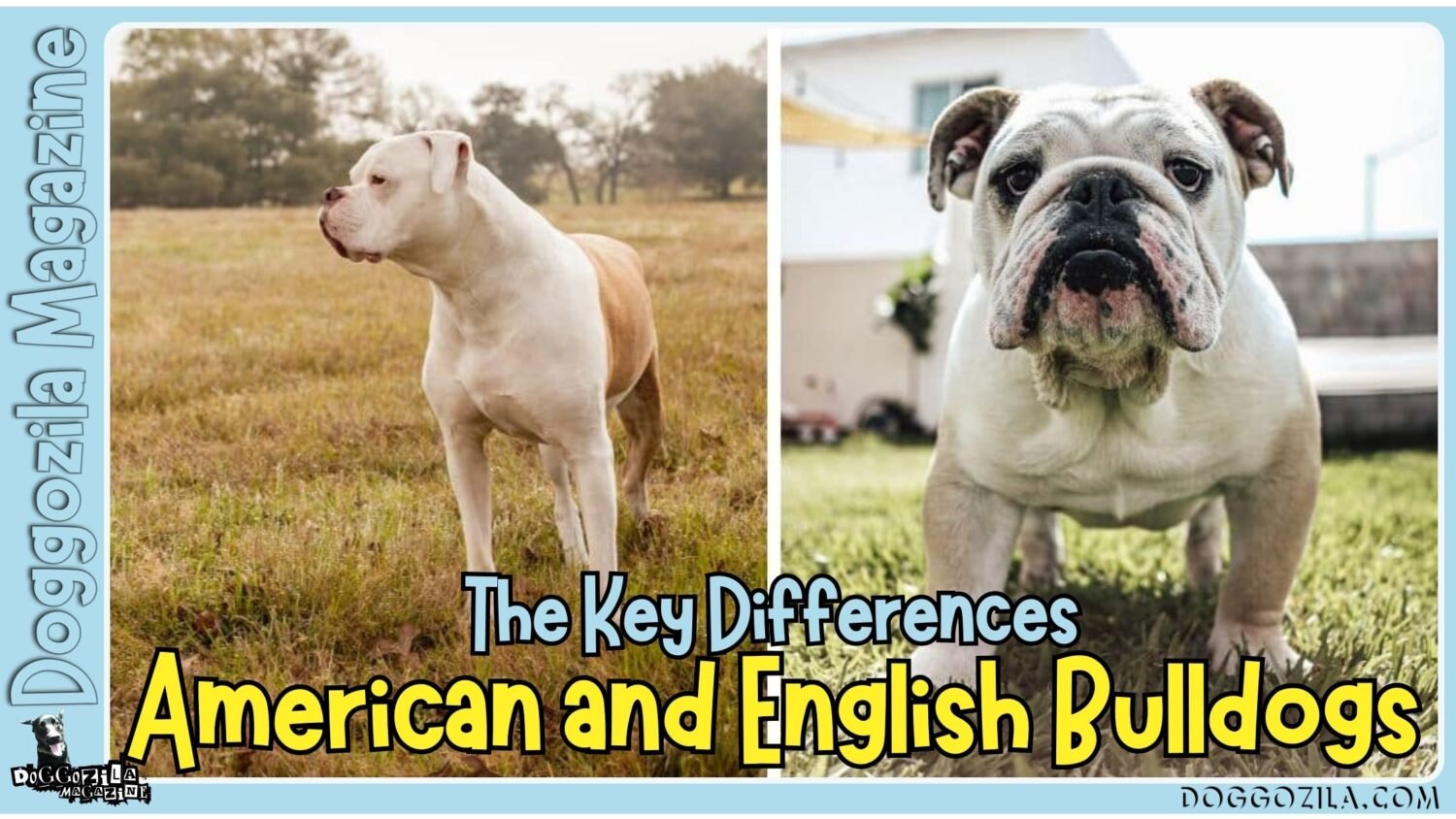Are you curious about how dogs influence their response to potential security threats at home? From alert guardians to friendly companions and independent souls, each dog breed has unique characteristics that shape their protective instincts. In this insightful guide, we dive deep into unraveling the mysteries behind your dog’s security instincts based on their breed behavior.
Imagine understanding why some breeds are more alert and aggressive, while others are gentle and friendly towards intruders. By exploring the distinctive traits of various dog breeds like German Shepherds, Labrador Retrievers, and Beagles, you’ll gain valuable insights into how your dog may react in security-related scenarios.
Join us on a journey to explore how different dog breeds perceive and respond to home security threats, empowering you to enhance your dog role as a protector. Let’s embark on this exploration of your dog’s innate protective instincts and uncover the secrets behind their unique responses.

UNRAVELING DIFFERENT BREEDS AND HOME SECURITY RESPONSES BY SPECIFIC DOGS
As a dog owner, understanding the natural instincts and behavior of your dogs is crucial when integrating them into your home security plan. Different breeds possess unique traits that influence their response to potential threats, making it essential to choose a dog that aligns with your specific needs. In this comprehensive guide, we’ll explore how various dog breeds react to security situations, their roles in home defense, and the importance of proper training and communication to maximize their potential as loyal protectors.
The Psychology of Canine Guardianship
Dogs have been man’s best friend for centuries, serving as loyal companions, working partners, and vigilant guardians. Their acute senses of hearing and smell, combined with an innate desire to protect their pack, make them natural sentinels against potential dangers.
The Natural Guardians: Alert and Aggressive Breeds Explained
When it comes to home security, alert and aggressive dogs like German Shepherds, Rottweilers, and Doberman Pinschers are often the go-to choices. These breeds are known for their unwavering loyalty, courage, and strong protective instincts.
🔑 Key Points: The unique traits and instincts that dogs possess make them valuable assets in home security, but understanding breed differences is crucial for effective integration.
Characteristics of Alert and Aggressive Breeds
- Highly territorial and suspicious of strangers
- Quick to sound the alarm with a deep, intimidating bark
- Fearless in the face of perceived threats
- Require consistent training and socialization to channel their protective instincts
For example, a well-trained German Shepherd will confidently confront an intruder with a powerful display of enthusiasm, using their impressive size and strength as a visual deterrent. Their keen senses allow them to detect potential threats long before their owners, providing an early warning system.
🔑 Key Points: Alert and aggressive breeds offer unparalleled protection, but require dedicated training and socialization to ensure they respond appropriately to genuine threats.

THE LOYAL COMPANIONS: UNDERSTANDING GENTLE AND FRIENDLY BREEDS
Not all dogs are naturally inclined towards aggression when faced with security threats. Gentle and friendly breeds, such as Labrador Retrievers, Golden Retrievers, and Cavalier King Charles Spaniels, prioritize companionship over confrontation.
Traits of Gentle and Friendly Breeds
- Highly social and eager to please their owners
- Less likely to display aggressive behavior towards strangers
- May still bark to alert owners of potential danger
- Excel at providing emotional support and comfort
Picture a Labrador Retriever greeting a visitor with a broad wagging tail and a relaxed mouth, radiating warmth and friendliness. While they may not physically confront an intruder, their presence alone can deter potential threats by creating a welcoming atmosphere that contradicts the idea of an easy target.
🔑 Key Points: Gentle and friendly breeds offer a different kind of security, focusing on emotional support and creating a welcoming environment that deters opportunistic intruders.
The Independent Spirits: Indifferent Dog Breeds and Their Role
Some dog breeds, like Beagles, Siberian Huskies, and Greyhounds, are known for their independent nature and indifference towards strangers. These breeds were often developed for specific tasks, such as hunting or sledding, which required them to work independently and focus on their assigned roles.
Characteristics of Indifferent Dog Breeds
- Less naturally inclined to guard or protect
- May not bark or alert owners to potential threats
- Can still serve as a visual deterrent due to their presence
- Require extensive training to develop protective instincts
A Siberian Husky, for example, might greet an intruder with a curious stare and a stiff wagging tail, more interested in the novelty of the situation than the potential threat. However, their wolf-like appearance and reputation as resilient working dogs can still act as a psychological deterrent to would-be burglars.
🔑 Key Points: While indifferent dogs may not actively guard against threats, their presence alone can serve as a visual deterrent, and with proper training, they can still play a role in home security.
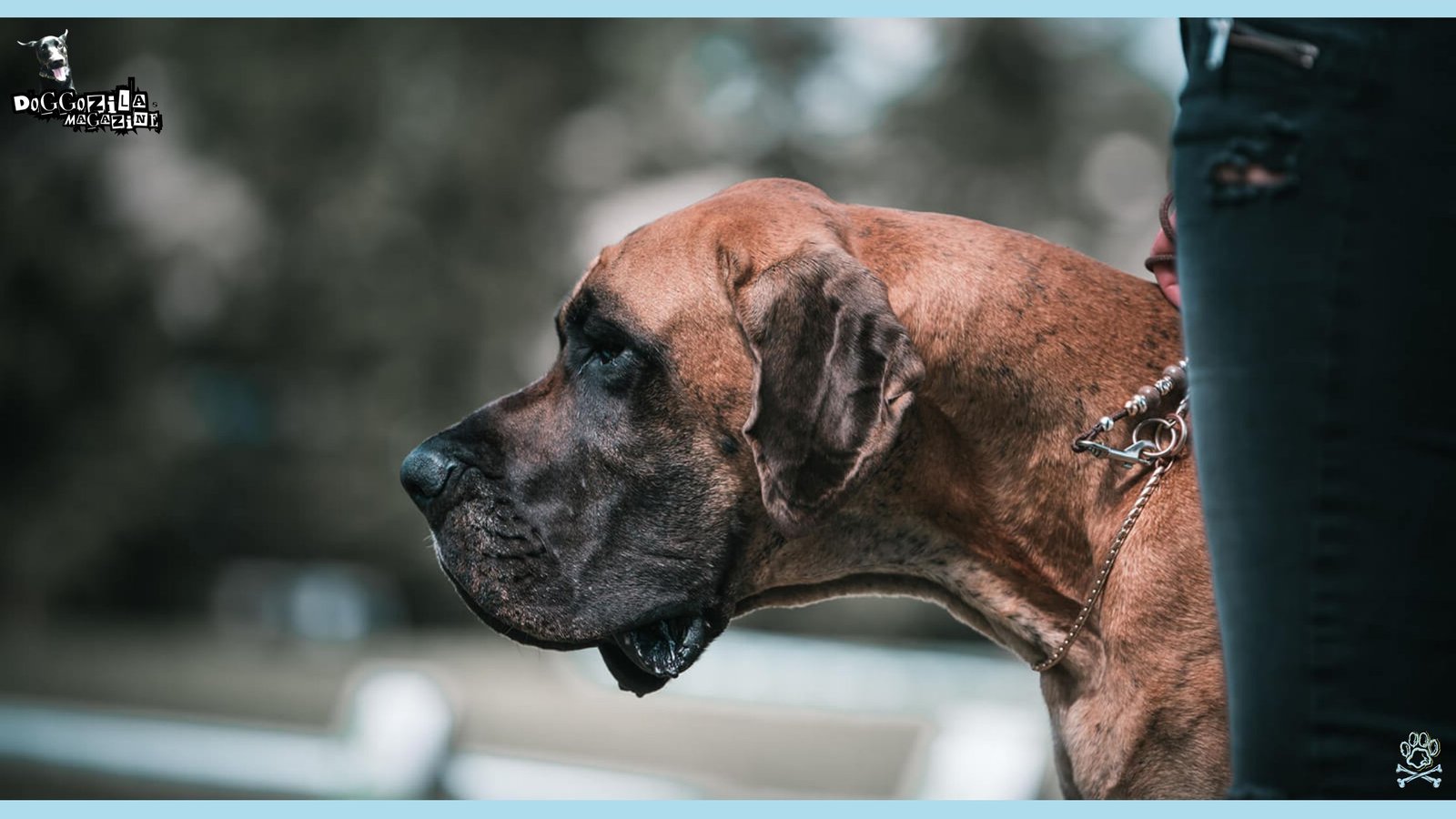
HOW TO INTEGRATE DOGS INTO YOUR HOME SECURITY STRATEGY?
Incorporating your dogs into your home security strategy requires careful consideration of their breed, temperament, and training. By understanding your dog’s natural strengths and limitations, you can create a comprehensive plan that maximizes their potential as a deterrent and protector.
Essential Factors to Consider
1. Breed characteristics and tendencies
2. Age, size, and physical capabilities
3. Temperament and socialization level
4. Training and obedience skills
5. Compatibility with your lifestyle and family
For instance, if you live in an apartment complex, a smaller, less vocal breed like a Cavalier King Charles Spaniel may be more suitable than a large, high-energy German Shepherd. On the other hand, if you have a spacious property and want a visible deterrent, a Rottweiler or Doberman Pinscher might be the perfect fit.
🔑 Key Points: Integrating your dogs into your home security strategy requires careful consideration of breed characteristics, training, and compatibility with your unique situation.
The Intimidation Factor: How Dogs Senses Aid in Home Security Defense?
One of the most significant advantages dogs offer in home security is their exceptional senses. Dogs possess a superior sense of hearing and smell compared to humans, allowing them to detect potential threats long before their owners become aware.
The Power of a Dog’s Senses
- Acute hearing enables dogs to detect even the faintest suspicious sounds
- Highly sensitive sense of smell can identify unfamiliar scents
- Ability to sense changes in their environment and alert owners
- Intimidating barks and physical presence act as psychological deterrents
Imagine a burglar attempting to silently enter your home, only to be greeted by the piercing, high-pitched bark of your alert dog. The sudden sound, combined with the knowledge that a loyal protector is on the other side of the door, can be enough to send most intruders fleeing.
🔑 Key Points: Dogs’ exceptional senses and intimidating presence serve as a powerful psychological deterrent against potential intruders, often preventing break-ins before they occur.

COMMUNICATION TO DOGS AND ITS IMPACT ON HOME SECURITY ALERTS
Understanding canine communication is essential for interpreting your dog’s security alerts and responding appropriately. Dogs communicate through a complex combination of vocalizations, body language, and facial expressions, each conveying important information about their emotional state and perceived threats.
Key Aspects of Canine Communication
- Barks, growls, and whines convey different levels of urgency and emotion
- Body language, such as tail position and ear placement, indicates alertness or aggression
- Facial expressions, like a wrinkled brow or bared teeth, signal potential danger
- Learning to interpret these signals helps owners respond effectively to threats
For example, a dog standing stiffly with a raised tail, pinned-back ears, and a deep, continuous growl is communicating a high level of aggression and should be taken seriously. In contrast, a dog with a relaxed body posture and a few short, high-pitched barks may simply be alerting you to a familiar presence, like a neighbor walking by.
🔑 Key Points: Understanding the subtle nuances of your dog’s communication is crucial for accurately interpreting security alerts and responding appropriately to potential threats.
Selecting the Right Dogs for Your Home Security Needs
Choosing the best dogs for your home security needs involves evaluating your specific requirements, lifestyle, and environment. Different breeds offer unique qualities that can be tailored to your situation, much like selecting the best home defense firearm for your specific needs.
Factors to Consider When Choosing a Breed
1. Level of protection desired (deterrent vs. active defense)
2. Size of your living space and property
3. Amount of time and energy available for training and exercise
4. Compatibility with family members and other pets
5. Local laws and regulations regarding certain breeds
For instance, if you live alone in a high-crime urban area, an alert and aggressive breed like a German Shepherd or Rottweiler may provide the level of protection you need. However, if you have young children and limited time for training, a gentle, trainable Labrador Retriever may be a better choice.
🔑 Key Points: Selecting the right dog breed for your security needs involves evaluating your specific requirements and choosing a breed that aligns with your lifestyle, environment, and level of protection desired.

HOW TO TRAIN YOUR DOGS FOR ENHANCED HOME SECURITY?
Proper training is essential for maximizing the potential of your dogs as a home security asset. A well-trained dog not only serves as a more effective deterrent but also reduces the risk of false alarms and unwanted aggression.
Essential Training Elements
1. Basic obedience commands (sit, stay, come)
2. Socialization to distinguish between normal and suspicious activities
3. Alert training to communicate potential threats
4. Boundary training to establish safe zones
5. Recall training to ensure your dog returns to you when called
One effective training technique is teaching your dog to guard specific items, like their food bowl or favorite toy. By learning to protect these resources, your dog develops a sense of territory and a natural inclination to alert you when something seems amiss.
🔑 Key Points: Consistent, positive training is crucial for developing the skills of your dogs as a home security asset, promoting obedience, and reducing the risk of false alarms.
Legal and Ethical Considerations of Using Dogs for Home Security
As a responsible dog owner, it’s essential to understand the legal and ethical implications of using your dogs for home security. Just as you would educate yourself on the best firearms lifestyle when choosing a weapon for home defense, you must also be aware of the potential liabilities and responsibilities that come with relying on your dog for protection.
Key Legal and Ethical Considerations
1. Local laws and regulations regarding the use of dogs for home security
2. Liability for dog bites or injuries caused to intruders or guests
3. Proper containment and control of your dog at all times
4. Adequate socialization and training to prevent unwarranted aggression
5. Providing a safe, healthy environment for your dog
For example, if your dog bites an intruder who then sues you for damages, you may be held liable if you cannot prove that your dog was adequately trained and contained. It’s crucial to work with a qualified trainer, follow all local laws, and maintain proper control over your dog to minimize legal risks.
🔑 Key Points: Using dogs for home security comes with legal and ethical responsibilities, requiring owners to prioritize proper training, containment, and adherence to local regulations.
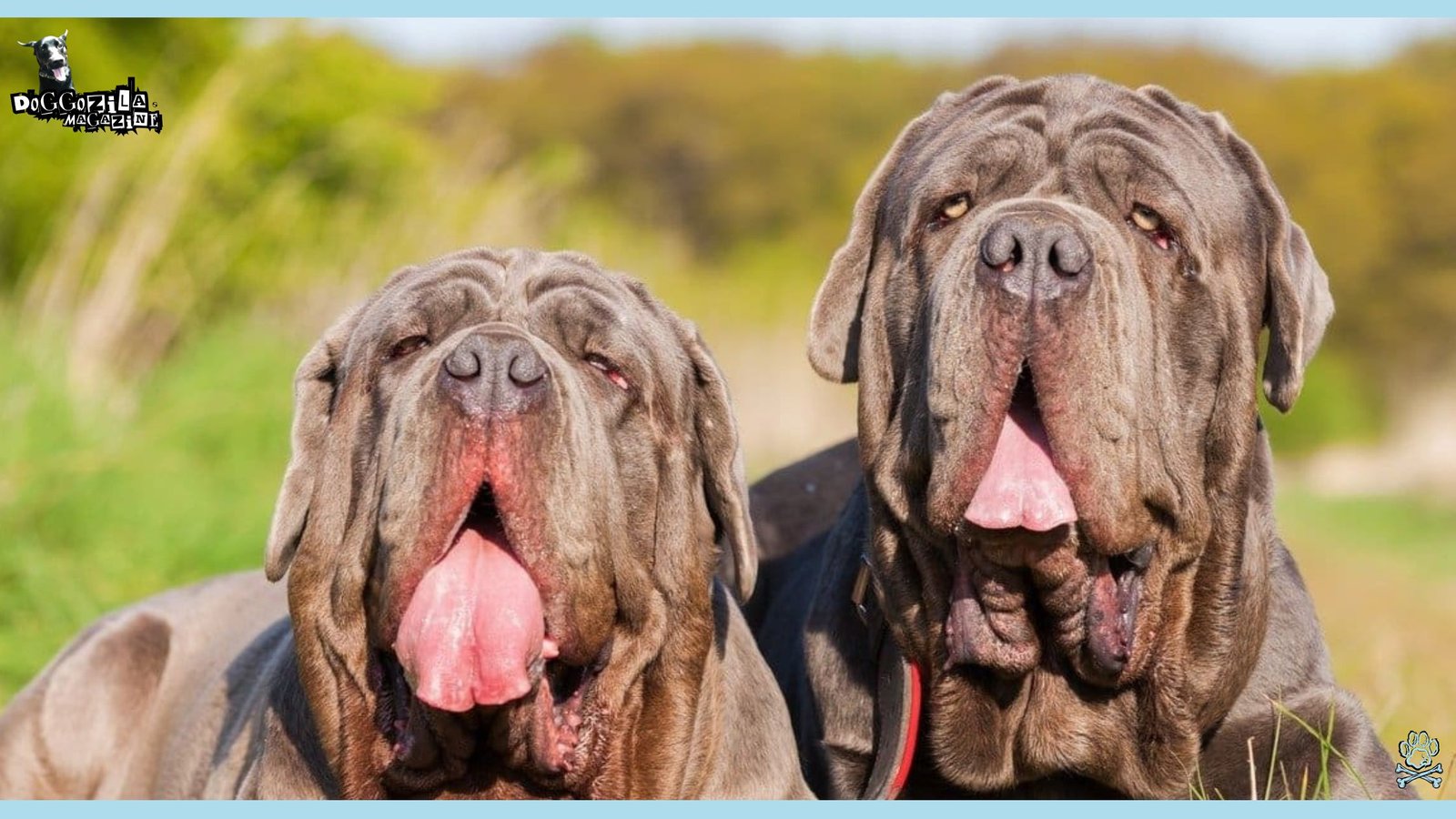
PSYCHOLOGICAL IMPACT OF GUARD SECURITY DOGS ON HOME INTRUDERS
The mere presence of a dog can have a profound psychological impact on potential intruders, often serving as a more effective deterrent than physical barriers or security systems alone.
How Dogs Deter Intruders?
1. Barking alerts owners and neighbors to the presence of an intruder
2. Physical appearance and size can intimidate potential threats
3. Unpredictability of a dog’s response creates uncertainty for burglars
4. Protective instincts and strong human-dog bond deter confrontations
Imagine a burglar casing a neighborhood, searching for an easy target. They spot two houses: one with a silent alarm system and another with a large, alert German Shepherd patrolling the yard. The intruder is far more likely to choose the house without the dog, as the psychological deterrent and potential for confrontation pose a much greater risk.
🔑 Key Points: The psychological impact of a guard dog’s presence, combined with their unpredictable nature and protective instincts, can effectively deter potential intruders and minimize the risk of break-ins.
Communication with Your Dog: Beyond the Basics
Effective communication with your dog goes beyond basic obedience commands. By learning to interpret your dog’s body language, facial expressions, and vocalizations, you can better understand their emotional state and respond appropriately to potential security threats.
Advanced Communication Techniques
1. Recognizing subtle changes in ear position, tail movement, and body posture
2. Interpreting different types of barks and their meanings
3. Using positive reinforcement to encourage alert behavior
4. Establishing a clear system of commands for security-related tasks
5. Maintaining a strong, trusting bond through consistent interaction and training
For instance, a dog with a stiff, raised tail, pinned-back ears, and a wrinkled brow is displaying signs of aggression and should be approached cautiously. By recognizing these subtle cues, you can intervene early and prevent potential conflicts.
🔑 Key Points: Developing advanced communication skills with your dog, including interpreting body language and facial expressions, enhances your ability to respond effectively to security threats and maintain a strong, trusting bond.
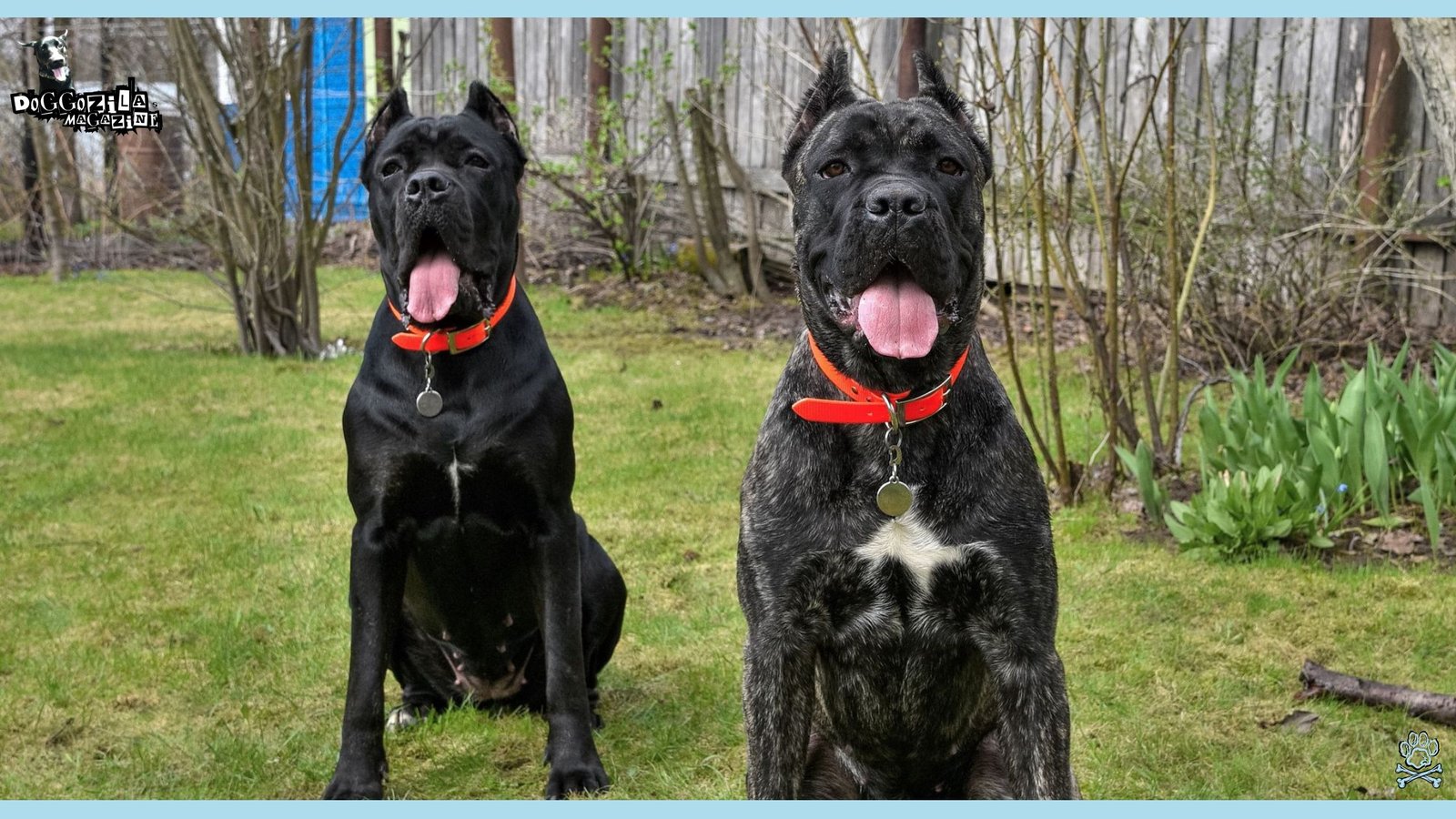
BREEDING DOGS FOR HOME SECURITY: HOW GENETICS INFLUENCE DOG BEHAVIOR?
Genetics play a significant role in determining a dog’s personality traits, including their protective instincts, trainability, and overall temperament. Understanding how breeding influences these characteristics can help you select a dog that is well-suited for your specific security needs.
Key Genetic Factors in Home Security Dogs
1. Breed-specific traits, such as alertness, courage, and loyalty
2. Inherited temperament, including aggression, fearfulness, and sociability
3. Physical characteristics, such as size, strength, and sensory abilities
4. Genetic predisposition to certain behaviors, like resource guarding or high prey drive
5. Health and longevity, which impact a dog’s ability to perform security tasks
For example, a German Shepherd bred from a long line of working dogs is more likely to possess the necessary traits for effective security work, such as courage, intelligence, and a strong protective instinct. In contrast, a Labrador Retriever from a line of therapy dogs may be better suited for providing emotional support and companionship.
🔑 Key Points: Genetics significantly influence a dog’s suitability for security work, making it essential to consider breed-specific traits, inherited temperament, and physical characteristics when selecting a dog for home protection.
The Synergy Between Dogs and Owners in Home Security Defense
A strong, trusting relationship between dogs and owners is the foundation of effective home security. By building a bond based on mutual respect, clear communication, and consistent training, you can create a powerful synergy that enhances your dog’s natural protective instincts and willingness to defend your home.
Strengthening the Dog-Owner Bond
1. Consistent, positive training that reinforces desired behaviors
2. Regular exercise and playtime to maintain physical and mental well-being
3. Clear communication and established boundaries
4. Providing a safe, comfortable environment for your dog
5. Showing affection and rewarding good behavior with praise and treats
Picture a German Shepherd and their owner working together in perfect harmony. The owner gives a clear command to “guard,” and the dog immediately takes up a defensive position, eyes alert and ears pricked forward. This seamless cooperation is the result of countless hours of training, trust-building, and bonding, creating an unbreakable partnership in home defense.
🔑 Key Points: Cultivating a strong, trusting relationship with your dogs through consistent training, clear communication, and plenty of love and affection is essential for maximizing their potential as a home security partner.
Training Techniques to Enhance Your Dog’s Guarding Instincts
While some dogs possess a natural inclination towards guarding, all dogs can benefit from specialized training to enhance their protective instincts and ensure they respond appropriately to potential threats.
Effective Guarding Training Techniques
1. Teach your dog to alert you with barking when they perceive a threat
2. Practice boundary training to establish clear territorial limits
3. Encourage your dog to “guard” specific items, like their food bowl or toys
4. Use positive reinforcement to reward desired guarding behaviors
5. Gradually expose your dog to various stimuli to improve their discernment
For instance, you can teach your dog to guard their food bowl by rewarding them with treats when they show appropriate guarding behavior, like a stiff body posture or low growl. Over time, this training can be extended to other objects and areas, strengthening the overall guarding instincts of your dogs and increasing their value as a home security asset.
🔑 Key Points: Specialized guarding training, using positive reinforcement and gradual exposure to various stimuli, can enhance your dog’s natural protective instincts and ensure they respond effectively to potential threats.

HOW TO UNDERSTAND YOUR DOG’S BODY LANGUAGE AND SIGNALS?
Interpreting your dog’s body language and signals is essential for recognizing when they are alerting you to a potential threat. By learning to read your dog’s subtle cues, you can respond promptly and appropriately to security concerns.
Key Body Language Signals
1. Ear position (pricked forward, pinned back, or relaxed)
2. Tail position and movement (high and stiff, low and slow, or relaxed)
3. Facial expressions (wrinkled brow, bared teeth, or relaxed mouth)
4. Body posture (stiff and alert, crouched and fearful, or relaxed)
5. Vocalizations (barks, growls, whines, or silence)
For example, a dog standing tall with a high, stiff tail, pricked ears, and a deep, continuous bark is signaling a high level of alertness and potential aggression. This display is a clear indication that your dog has detected a threat and is ready to defend their territory.
🔑 Key Points: Understanding your dog’s body language, facial expressions, and vocalizations is crucial for recognizing when they are alerting you to potential security threats and responding accordingly.
Advanced Home Security Tips Incorporating The Natural Abilities of Dogs
Integrating the natural abilities of your dogs into a comprehensive home security plan can create a formidable defense against potential intruders. By combining your dog’s innate senses, training, and physical presence with traditional security measures, you can establish a multi-layered approach to protecting your home and family.
Final Thoughts on Dogs for Home Security
After exploring the intricate world of dog breeds and their unique responses to home security threats, it’s evident that all dogs bring a diverse set of characteristics and behaviors to the table. From the vigilant guardians to the amiable companions and the independent spirits, understanding your dog’s breed is key to optimizing your home security strategy.
By recognizing the alertness of breeds like German Shepherds and Rottweilers, the friendliness of Labrador Retrievers and Golden Retrievers, and the independence of Beagles and Siberian Huskies, you can tailor your training techniques to enhance their guarding instincts effectively.
Through effective communication, training, and a strong bond with your canine friend, you can establish a harmonious synergy that not only bolsters your home defense but also enriches your relationship. Remember, the key lies in decoding your dog’s body language, responding to their signals, and nurturing their natural instincts.
So, embark on this journey of discovery, and unlock the full potential of your four-legged protector.
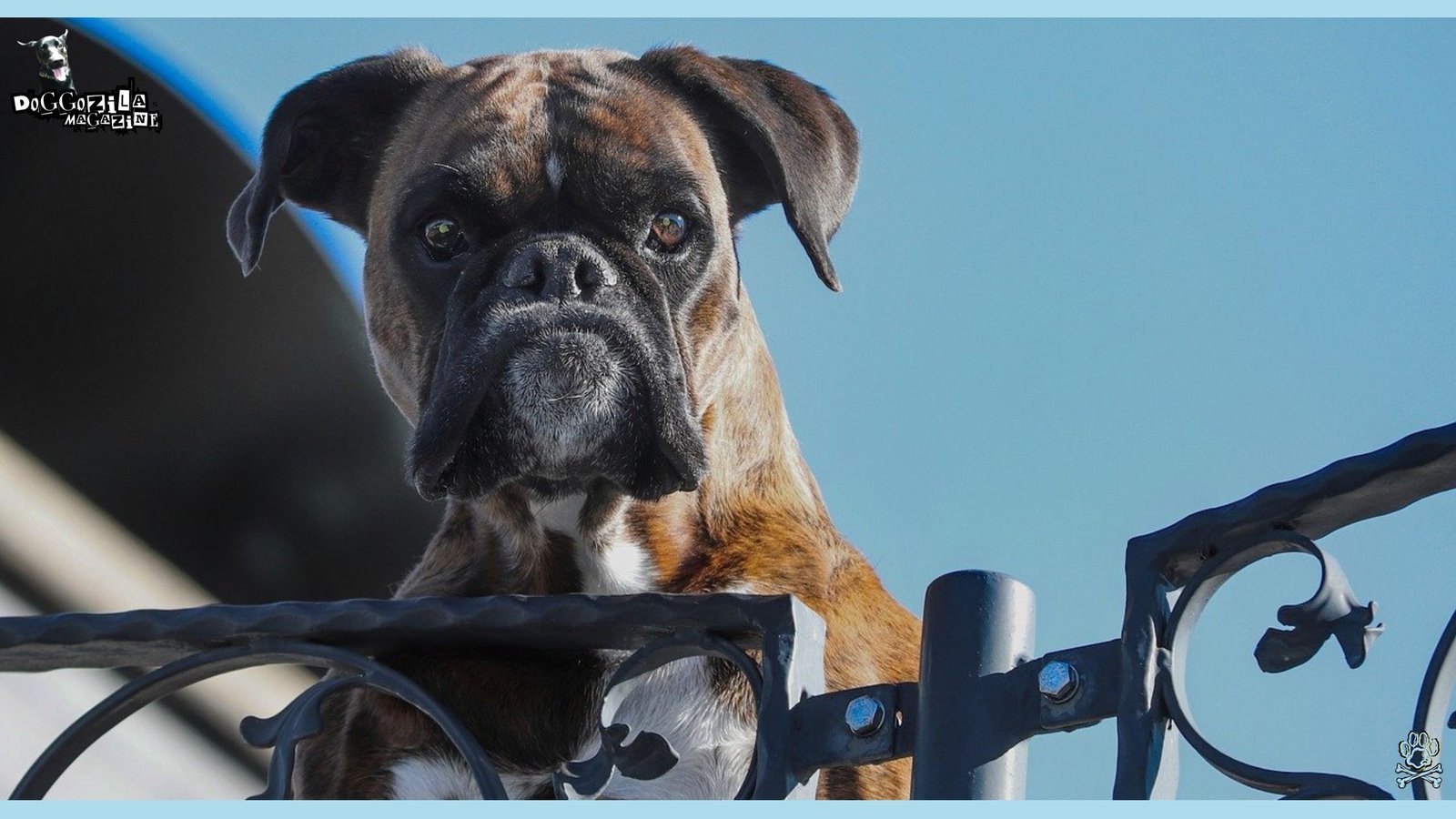
Embrace the nuances of their language, cherish the bond you share, and watch as your dogs becomes an integral part of your home security plan. Together, you can create a safe haven filled with love, protection, and unwavering loyalty.







